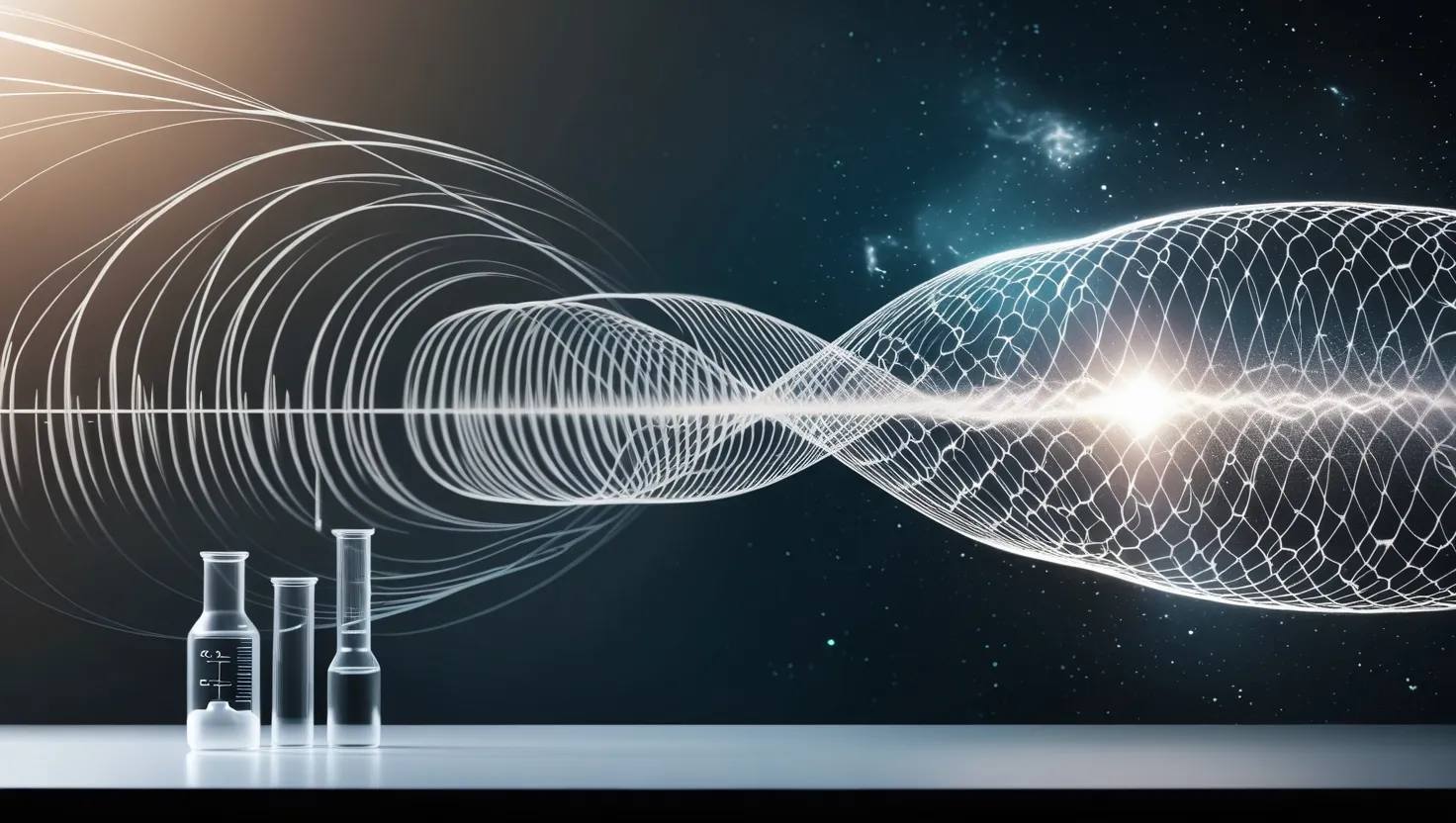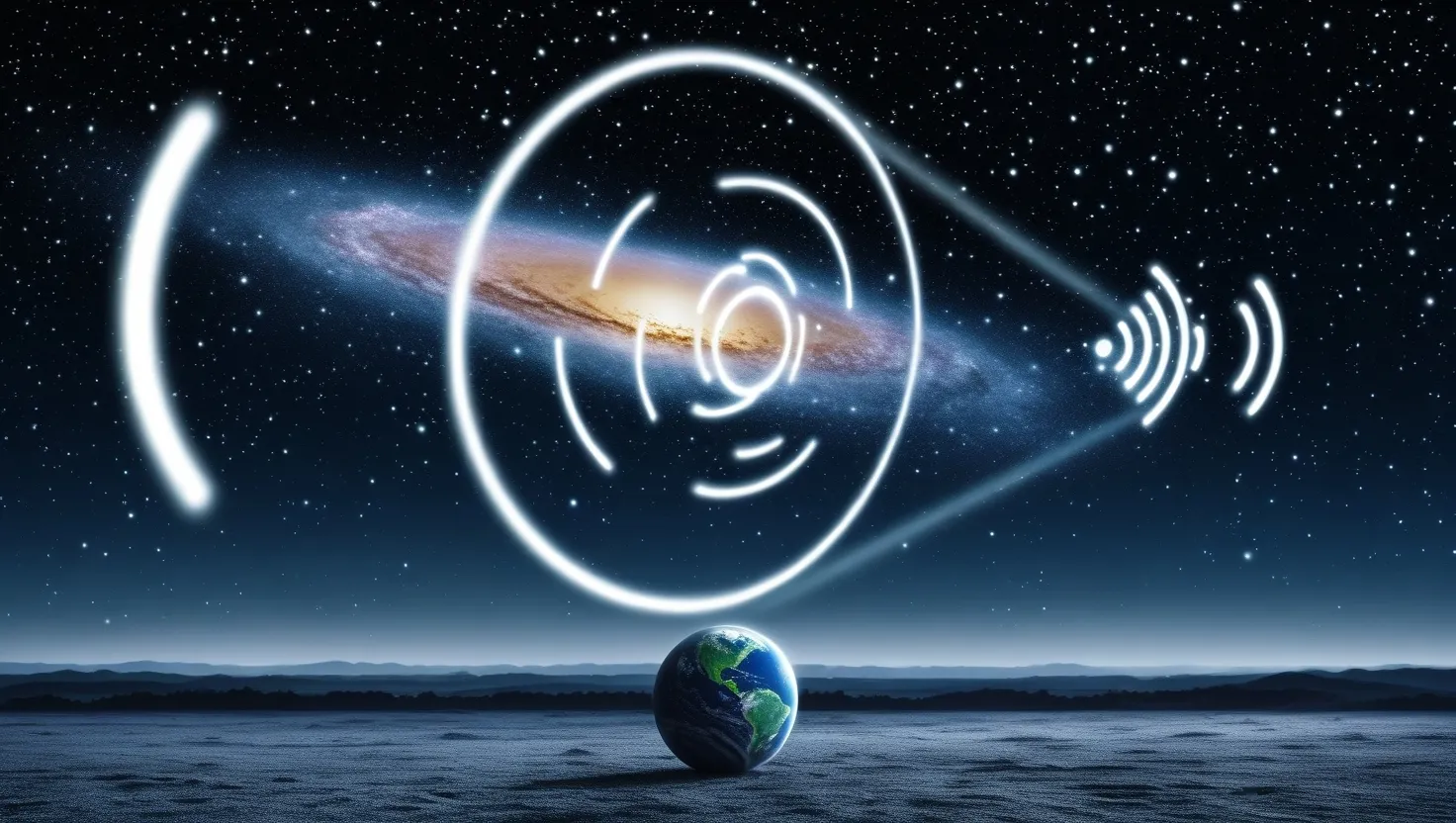As a physicist, I’ve always been fascinated by the mysteries that lurk at the edges of our understanding. Science is often portrayed as a realm of certainty, where we have neat explanations for how the world works. But the truth is far more exciting - our universe is filled with phenomena that defy our current theories and push the boundaries of what we thought possible.
Let’s dive into some of the most intriguing scientific anomalies that have left physicists scratching their heads in recent years. These aren’t just curiosities - they represent potential cracks in the foundations of modern physics that could lead to revolutionary new discoveries.
The quantum world never fails to surprise us with its counterintuitive behavior. Take the famous double-slit experiment, which reveals the wave-particle duality of matter. When we fire individual particles like electrons at a screen with two slits, we’d expect to see two neat lines form. Instead, we get an interference pattern as if the particles were waves passing through both slits simultaneously. Even stranger, this wave-like behavior disappears if we try to observe which slit each particle passes through. It’s as if the particles know they’re being watched!
This bizarre quantum behavior extends beyond tiny particles. In recent years, physicists have demonstrated quantum superposition with larger and larger objects. We’ve now seen molecules containing thousands of atoms exist in two places at once. How large can we push this effect? Could a person theoretically be in a quantum superposition? The implications for our understanding of reality are profound.
“I think I can safely say that nobody understands quantum mechanics.” - Richard Feynman
Moving from the quantum realm to the cosmic scale, we encounter equally perplexing mysteries. For decades, spacecraft venturing into deep space exhibited an unexplained deceleration dubbed the Pioneer Anomaly. This tiny but persistent force seemed to be pulling Pioneer 10 and 11 back towards the sun, defying our models of gravity. After years of investigation, thermal effects from the spacecraft were found to be the culprit. But the anomaly pushed us to scrutinize our understanding of gravity at vast distances.
Speaking of propulsion, the EmDrive represents one of the most controversial claims in recent physics. This propellant-less thruster allegedly produces thrust by bouncing microwaves in a closed cavity, violating Newton’s third law of motion. Multiple labs have reported measuring small amounts of thrust, but skeptics argue it’s likely due to experimental error. If the EmDrive proves to be real, it would revolutionize space travel and force us to reconsider fundamental physical principles.
Have you ever wondered if our current understanding of physics might be fundamentally incomplete? What if there are forces or dimensions we haven’t yet detected?
The flyby anomaly is another cosmic quirk that has baffled scientists. Several spacecraft have inexplicably gained a small amount of velocity during gravitational slingshot maneuvers around Earth. While the effect is tiny, it occurs consistently and defies explanation by known physics. Could it be evidence of exotic new particles or a flaw in our understanding of gravity?
Even seemingly simple measurements can lead us into uncharted territory. The proton radius puzzle emerged when two different methods of measuring the proton’s size gave conflicting results. Using electron scattering, we get one value. But when we use muons (heavier cousins of electrons) to probe the proton, we get a significantly smaller radius. This discrepancy persists despite years of increasingly precise experiments. Are muons interacting with protons in an unexpected way, or is there a fundamental flaw in our quantum theory?
On the grandest scales, the universe continues to surprise us. Observations of distant galaxy clusters revealed an unexpected “dark flow” - a coherent motion of matter across vast regions of space. This large-scale flow doesn’t align with our models of how cosmic structure should form. Could it be evidence of other universes tugging on our own?
Another cosmic oddity is the CMB Cold Spot, an unusually large and cool region in the cosmic microwave background radiation. This primordial light gives us a snapshot of the early universe, and the Cold Spot stands out as a glaring anomaly. Some theorists propose it could be the imprint of a collision with a parallel universe!
“The most incomprehensible thing about the universe is that it is comprehensible.” - Albert Einstein
Finally, we come to one of the most exciting recent developments in particle physics - the Muon g-2 experiment. This precision measurement of how muons wobble in a magnetic field has yielded results that don’t match the predictions of our best theory, the Standard Model of particle physics. The discrepancy hints at the existence of unknown particles or forces influencing the muon’s behavior. Could this be our first glimpse of physics beyond the Standard Model?
These anomalies represent more than just curiosities - they’re potential windows into a deeper understanding of reality. Each one challenges us to question our assumptions and push the boundaries of what we know. They remind us that the universe is far stranger and more wonderful than we can imagine.
As a physicist, I find these mysteries endlessly inspiring. They drive us to devise ever more ingenious experiments and to stretch our theoretical models to their limits. Sometimes, anomalies turn out to have mundane explanations. But occasionally, they lead us to revolutionary new insights that transform our view of the cosmos.
What do you think these anomalies might reveal about the nature of our universe? Which one intrigues you the most?
The history of science is filled with examples of how seemingly small discrepancies led to major breakthroughs. The precession of Mercury’s orbit that couldn’t be explained by Newtonian gravity ultimately led Einstein to develop general relativity. The ultraviolet catastrophe in blackbody radiation gave birth to quantum mechanics. What paradigm-shifting discoveries might these modern anomalies herald?
It’s an exciting time to be exploring the frontiers of physics. New experiments and observatories are constantly pushing the limits of what we can measure. The Large Hadron Collider continues to search for exotic new particles. Gravitational wave detectors are opening up an entirely new way of observing the universe. And a new generation of space telescopes promises to peer further into the cosmos than ever before.
“The important thing is not to stop questioning. Curiosity has its own reason for existing.” - Albert Einstein
As we grapple with these mysteries, it’s crucial to maintain a balance between open-mindedness and skepticism. We must be willing to entertain radical new ideas while rigorously testing them against observation. The scientific method remains our best tool for separating fact from fiction and uncovering the true nature of reality.
These anomalies also highlight the interconnectedness of physics across different scales. A tiny discrepancy in the behavior of subatomic particles can have profound implications for our understanding of the entire universe. Conversely, observations of the largest structures in the cosmos can inform our theories of the quantum world.
What connections do you see between these different anomalies? How might they be related?
As we push deeper into the unknown, we’re likely to encounter even more perplexing phenomena. The history of science teaches us that our current theories, no matter how successful, are likely to be approximations of a deeper reality. The anomalies we’ve explored here may be the first hints of that underlying truth.
So the next time you hear about a strange experimental result or an unexplained observation, pay attention. It might just be the key to unlocking the next great revolution in physics. The universe is far more bizarre and beautiful than we can imagine, and these mysteries are our invitation to explore its deepest secrets.






